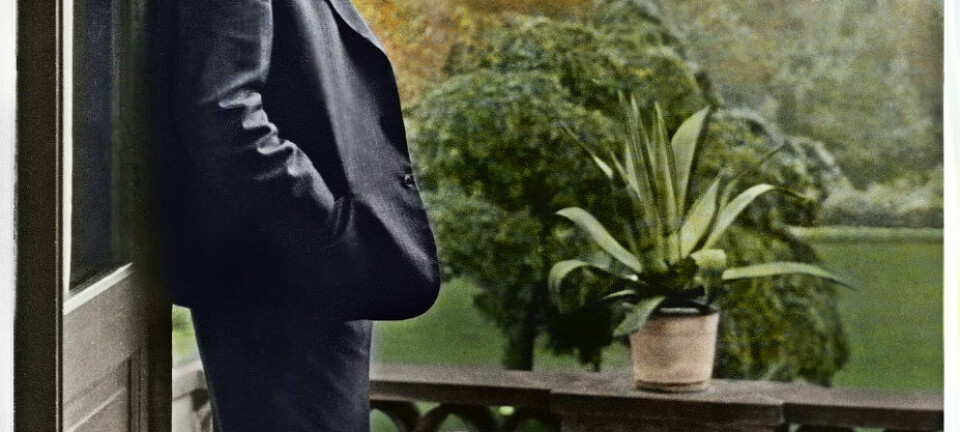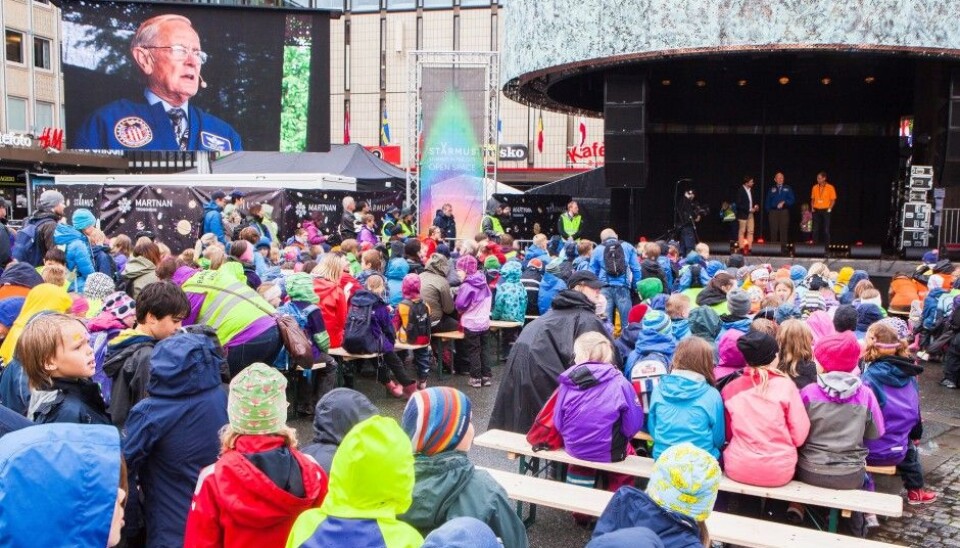
How inspiring are science festivals?
Norwegian research might not corroborate any effect of science festivals, but the rectors of two prominent Norwegian universities are convinced that the Starmus Festival in Trondheim has inspired future scientists.
“I’m certain it makes an impression when schoolchildren get to meet iconic individuals like these,” says the Norwegian University of Science and Technology (NTNU) Rector Gunnar Bovim.
“I am sure that Trondheim youth will someday be mentioning this festival as the impetus for their careers as researchers,” joins in Rector Curt Rice of Oslo and Akershus University College of Applied Sciences (HiOA).
Both were present when NTNU recently held the latest Starmus Festival at the venue Trondheim Spektrum and elsewhere around the city.
Little research has been conducted on the effect of science festivals like the one in Trondheim, Norway. The ones that have attempted it have stressed that all festivals are different and more research on the subject is recommended.
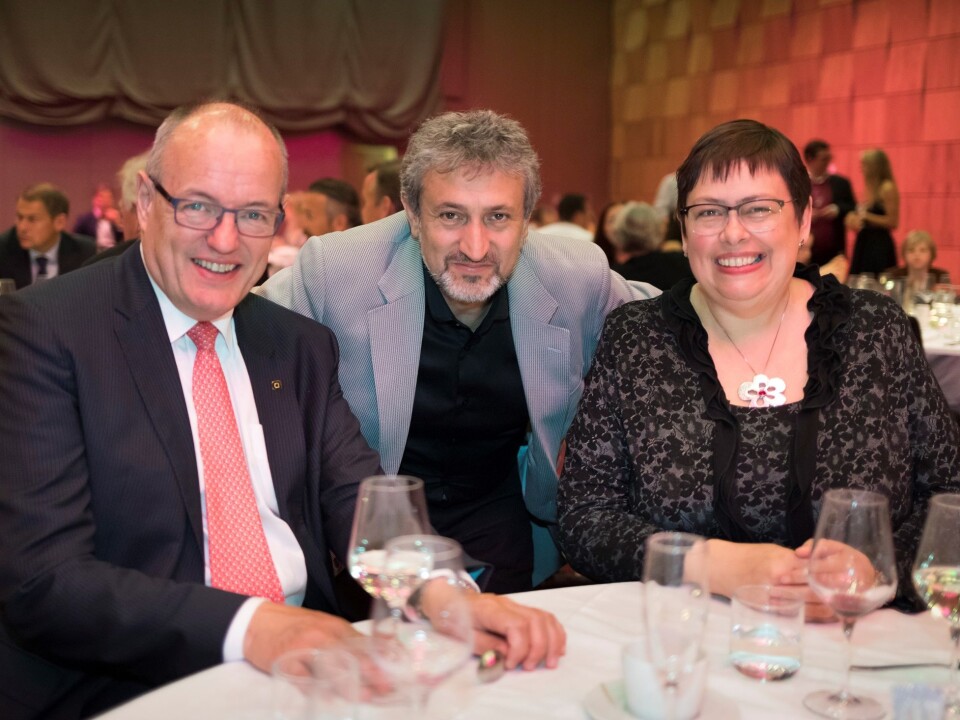
Karen Bultitude, who has perused the relevant documentation, writes in Journal of Science Communication that most studies indicate the impact on the public is considerable. People get more devoted and excited, or inspired to start new research projects.
“However, the researchers admit that they have little proof for such claims,” she writes.
Lighting up young brains?
The event at Trondheim Spektrum attracted 11 Nobel laureates, many renowned researchers and even some astronauts. Many also participated at the free events scattered around the city.
The newspaper “Adresseavisen” wishes Starmus welcome back to Trondheim after its first appearance in the city, home of NTNU.
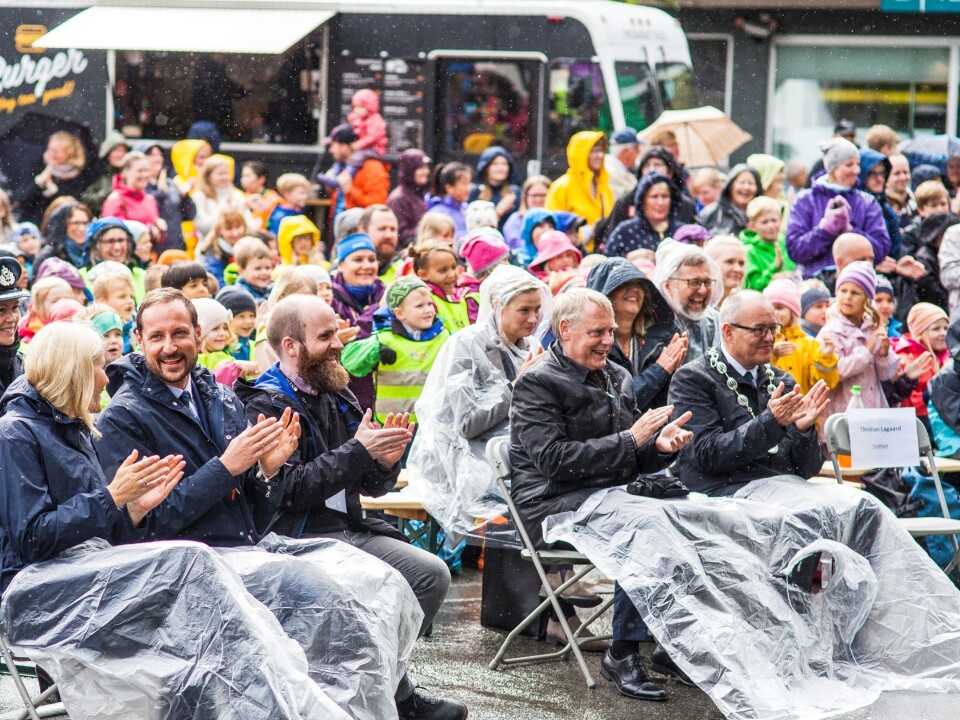
“Many children got to meet astronauts in person and the curiosity of teenagers about the mysteries of space and the universe was stimulated. Events that raise interest for natural science is valuable for Trondheim and NTNU,” editorialised the newspaper.
“Not many of these kids need to be stimulated before it has a huge effect,” says Bovim to ScienceNordic’s partner forskning.no.
Preaching to the choir?
A common objection to science festivals and similar events is that they primarily reach out to those who are already scientifically oriented. Those who come are university graduates with a scientific bent and their children.
Studies confirm this.
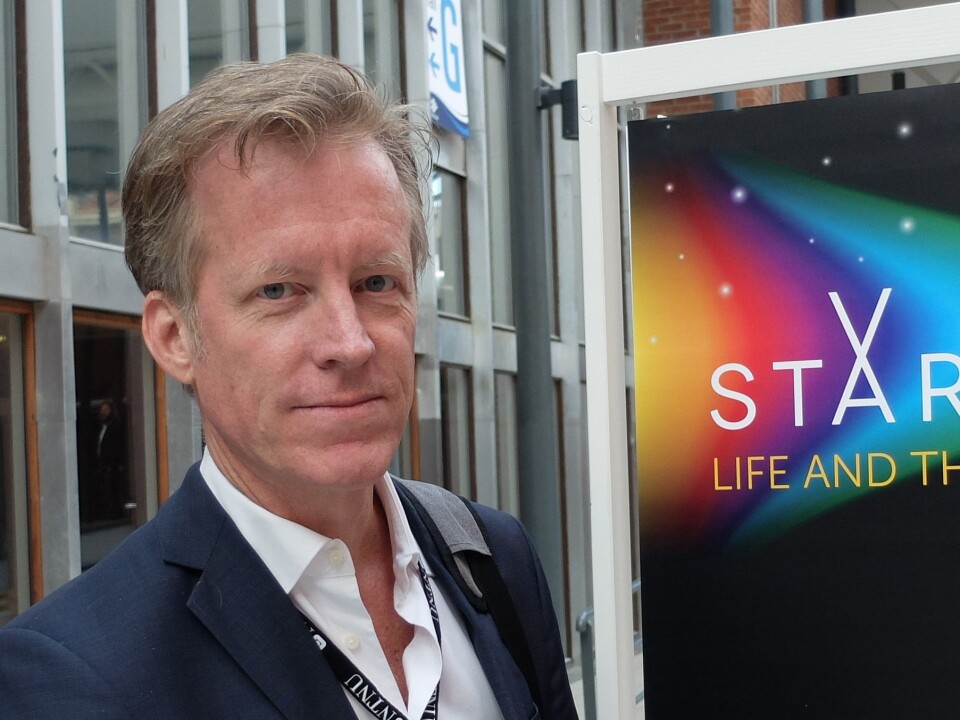
“This form of research dissemination appeals mainly to an exclusive public,” write Eric Jensen, Eric Kennedy and Monae Verbeke in a comment published by Nature.
They have researched science festivals in Great Britain.
“We found that attendees at UK science festivals are more highly educated and economically advantaged than most of the population,” the three write.
“It isn’t wrong to just connect with the ‘congregation’. They too need to be inspired and motivated,” says Curt Rice.

He thinks last week’s event reached out to a broader public, beyond those who are gripped by science or have parents who are.
“I think that Starmus has been clever in not falling into the trap of just expecting parents to take their children along to the festival. They have connected with schools and other institutions,” says the HiOA rector.
“We can hope that they have made a hit with people outside the normal group,” said Rice when forskning.no spoke with him at Trondheim Spektrum.
Rice was impressed and inspired himself, except for the gender balance, as women still tend to be under-represented in the natural sciences. But one woman was especially prominent.
“I think there were teenagers from the Trondheim schools who heard May-Britt Moser talk about her research who were inspired to think ‘I also want to be a scientist,” said Rice.
One again?
Rector Gunnar Bovim has not decided whether NTNU will follow up on the suggestion by the newspaper “Adresseavisen”.
“We have to do a serious assessment at the end of summer. This was a fantastic week, but the dust hasn’t settled yet,” he said.
---------------------------------------------
Read the Norwegian version of this article at forskning.no
Translated by: Glenn Ostling
Scientific links
- Bultitude, McDonald and Custead: The Rise and Rise of Science Festivals: An international review of organised events to celebrate science. International Journal of Science Education, May 2011, doi: 10.1080/21548455.2011.588851.
- Bultitude: Science festivals: do they succeed in reaching beyond the ‘already engaged’? Journal of Science Communication, December 2014.
- Jensen, Kennedy and Verbeke: Science festivals preach to the choir. Nature, December 2015, doi:10.1038/528193e.








